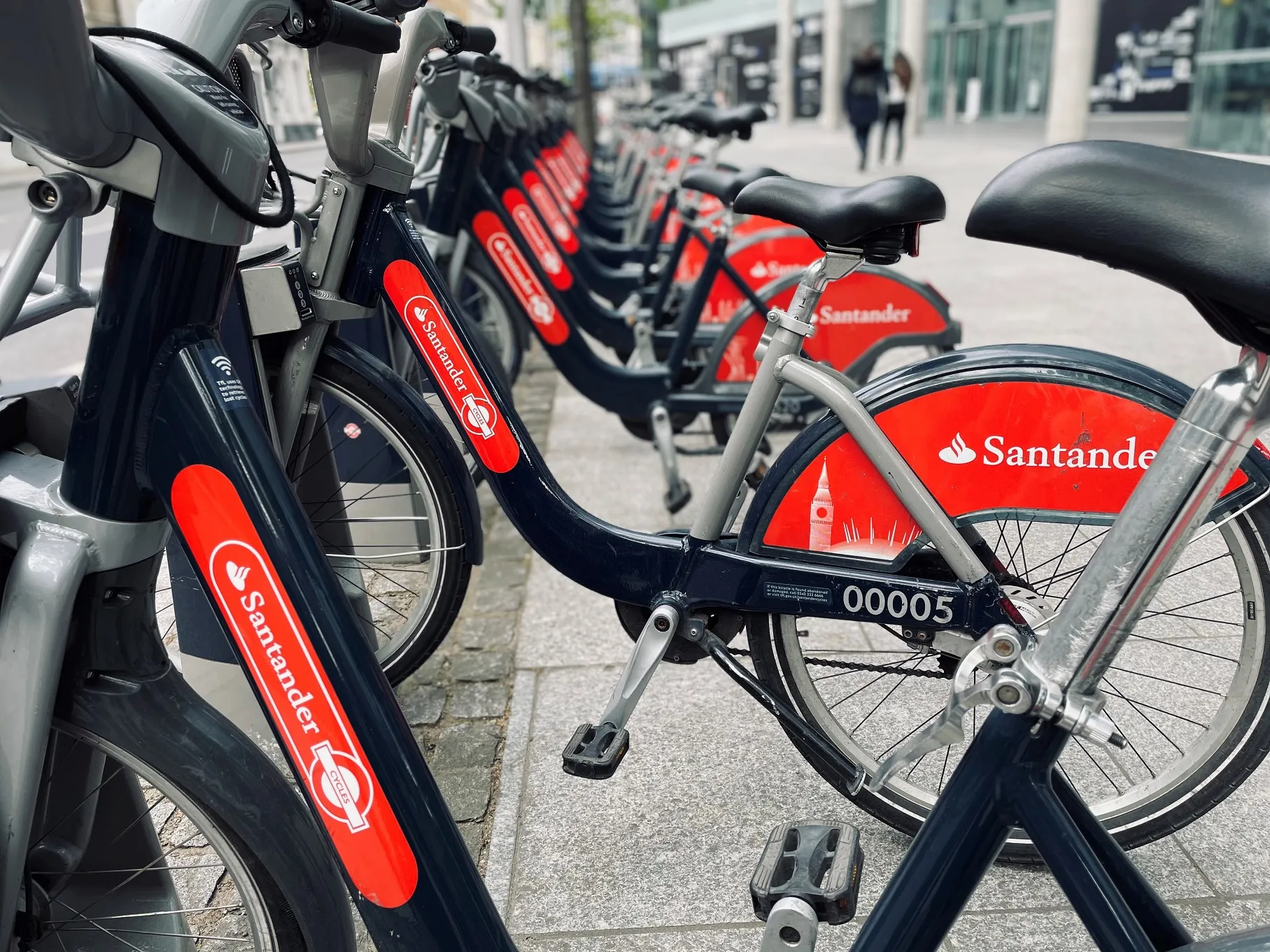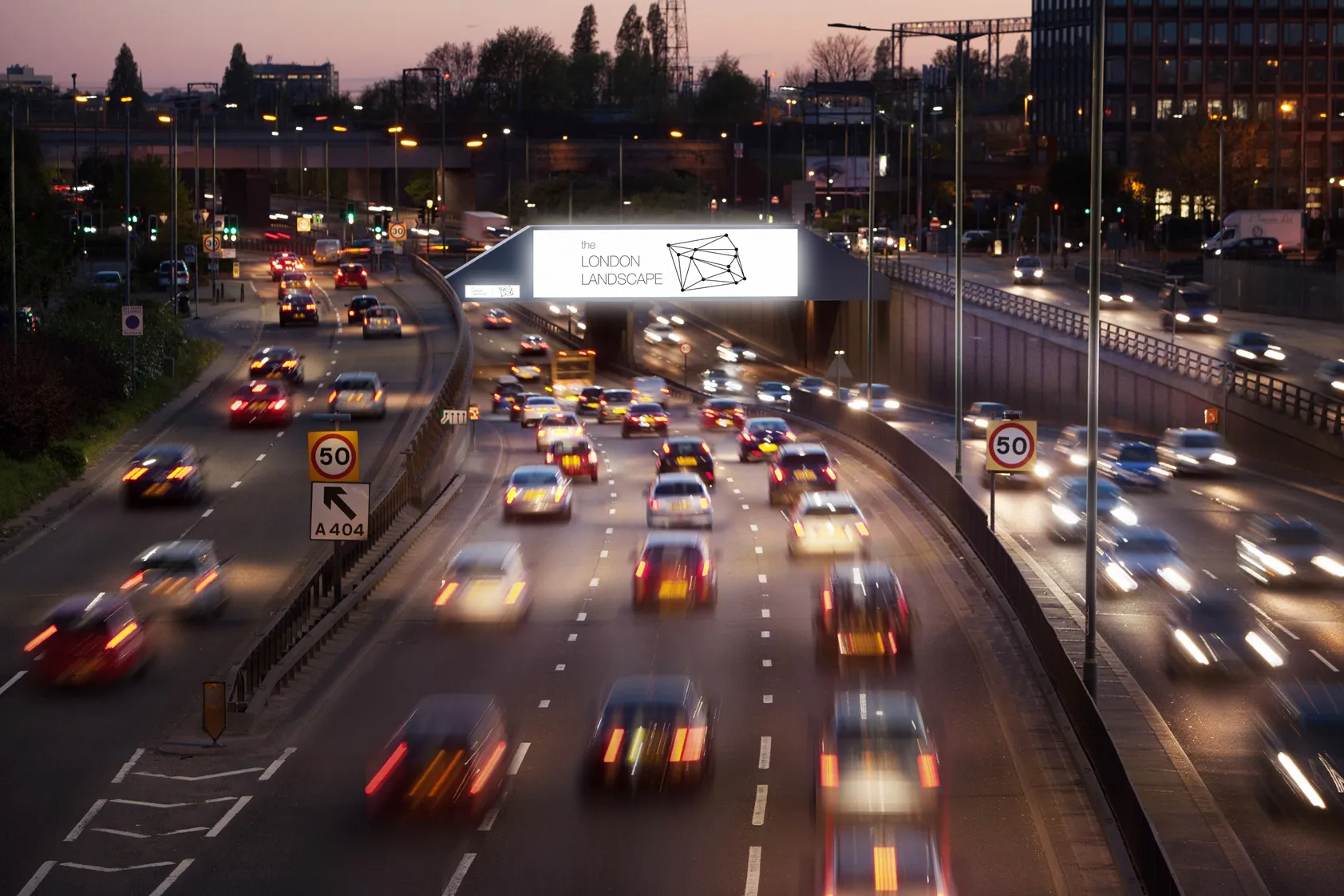
Two simple words for you: shared mobility. Those two lead to lots more, such as: car-share, ride-share, ride-hailing, bike-share, moped-share, scooter-share, e-scooter-share, Mobility as a Service, mobility hubs and many, many more. If you feel like you might need some help navigating a way through these – and, crucially, to get a handle on how they can all fit together for the benefit of everyone – then you are not alone.
European mobility experts Friso Metz and Rebecca Karbaumer have written a book with the arresting title Shared Mobility Rocks: a Planner’s Guide to the Shared Mobility Galaxy. They agree it’s not always easy to make head or tail of the shared mobility universe since it takes multiple forms (and sub-forms) and each has its own definitions, impact, downsides, need for government or local authority involvement, and so on. They have some golden rules to share.
In our interview on this same topic, Sandra Phillips, CEO of Movmi, suggests that patience is a key part of the equation, and that public and private sector entities must learn to trust one another. That will only come with an investment of time - and with flexibility on issues such as taxation.
She also emphasises the importance of ensuring the supply of mobility options: at the most basic level, no-one is going to give up their personal car for a car-sharing scheme if there are not enough car-share vehicles to go round.
Many of these subjects were raised during a brilliant 24-hour online symposium in March – called Shared Mobility Rocks – which was created by Autodelen.net and Taxistop and took in ideas from as far afield as Peru, Cambodia, Uganda, Japan, Australia, Belgium and the US. It was highly informative - and distinguished itself from many other online lockdown events by being a lot of fun, too.
Since the main purpose of shared mobility is to reduce our dependency on cars and to increase the popularity of sustainable and active travel modes like walking, cycling and public transport – thus improving our health and reducing greenhouse gas emissions – we need all the help we can get. Being entertained along the way is a welcome optional extra.











